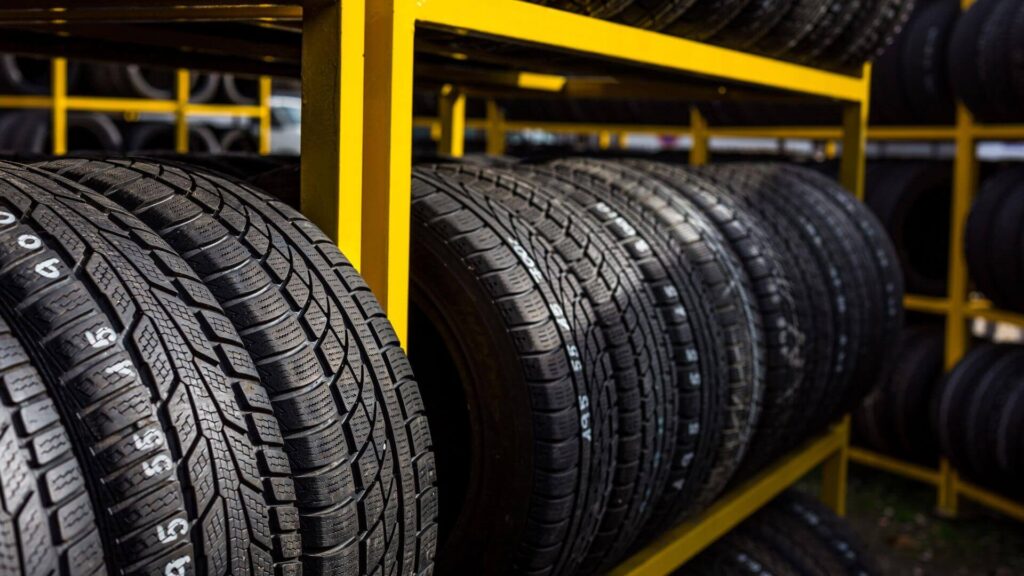Tire Storage Guide
Caring for your tires is a vital part of owning an automobile. Proper storage is essential to keep your tires in top condition and ensure their performance, whether you’re swapping them out for seasonal ones or keeping spares. Storage facilities are a great option for storing your tires. They offer a convenient and safe space. This blog will walk you through how to properly store your tires, protect your investment and prolong their life.
Step 1: Clean up and Inspect.
Before storing your tires, it is essential to thoroughly clean them. This will remove any dirt, debris and chemicals that may still be present. Avoid harsh chemicals and use mild soap to scrub your tires. After cleaning each tire, check for any signs of damage such as bulges, cuts or punctures. Before storing, damaged tires should be replaced or repaired.
Step 2: Inflate the Properly.
Before storing, make sure all tires are inflated according to the recommended pressure by the manufacturer. Proper inflation prevents flat spots, which can develop when tires are stored over an extended period. Flat spots can cause a rough ride, and even permanent damage to your tire.
Step 3: Select the Right Storage Location.
The right tire storage in Calgary unit will ensure that your tires are preserved. We offers climate-controlled units to maintain a constant temperature and humidity. Rubber can deteriorate due to extreme temperatures and humidity fluctuations, which affects the tire’s performance and integrity.
Step 4: Elevate the Tires and Stack them Correctly.
Tires should never be placed directly on the floor as they can become damaged and prone to moisture. Use pallets or tire racks as a way to raise tires off the ground and keep them in good shape. It is also easier to move and access them when necessary. Avoid stacking tires higher than recommended to avoid deformation of the tires.
Step 5: Protect Yourself from the Sun.
The sun’s ultraviolet (UV), which can cause rubber to degrade over time, is harmful. Consider covering your tires with light-blocking materials if you have windows or skylights in your storage unit. You can also place them somewhere that is protected from direct sunlight.
Step 6: Cover Tires.
To protect your tires from dust and debris that can accumulate with time, it is important to cover them. Tire covers are available in a variety of designs and materials. You can use old tire bags, or purchase new ones designed specifically for storage. Covers should fit snugly, but do not use plastic wraps and other materials that could trap moisture. This can lead to mildew or mold growth.
Step 7: Rotate Tires Regularly.
Consider rotating your tires at least once every six months if you intend to store them for a long period. This will help prevent flat spots, and ensure that the tires are worn evenly.
Step 8: Label and Document.
Track the condition of each tire, its age and any other information. Use a digital document or spreadsheet to keep track of this information. You can also record the date that you stored them. Use simple apps to store your records on your smartphone. Labeling your tires with numbers or letters can also help you identify the tire and find it when needed.
It is important to store your tires properly in a storage unit to protect them and to ensure that they will perform well when you are ready to use them. Follow the instructions in this guide to protect your tires against environmental damage and prolong their life. This will save you money, and ensure your safety while driving. Trust alignment king to store your tires safely until you’re ready to use. Your stored tires can be used again when you need them with a little attention and care. Contact us to start storing.








Post Comment